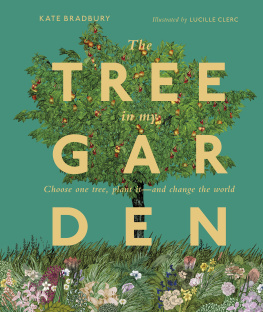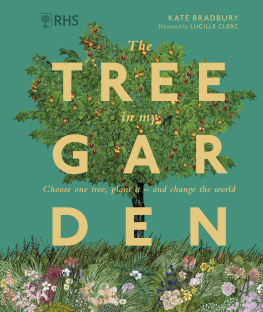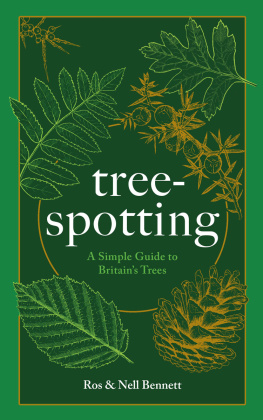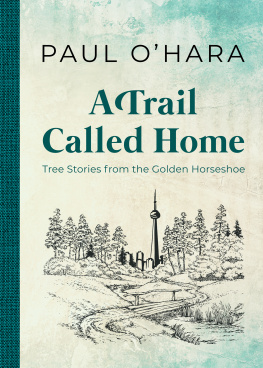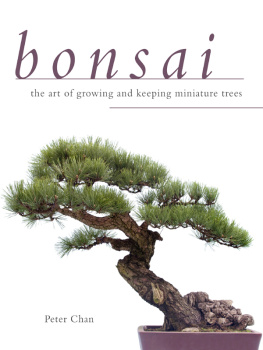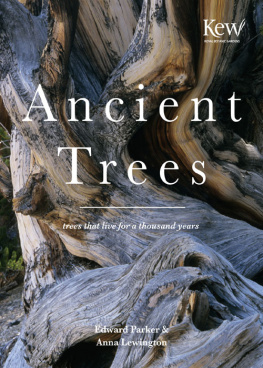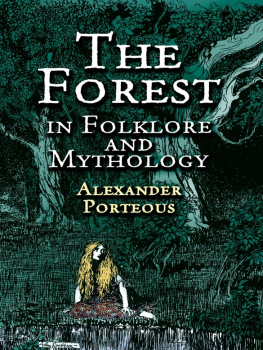Contents
Guide

Quince tree, a chromolithography from 1870.
A TREE A DAY

A lone tree overlooks the North Kent Downs at sunset.
A TREE A DAY
Amy-Jane Beer

CONTENTS

The forest floor of the New Forest in Hampshire.
INTRODUCTION
W hat is a tree? While most people have little difficulty naming a tree when they see one, hard-and-fast definitions are hard to pin down: there are exceptions to almost any simple rule of tree-hood. Trees are not a biologically distinct group. Rather the tree form has been adopted by a wide range of plants from a huge variety of taxonomic groups, and in its broadest sense the term can be applied to flowering and non-flowering plants, to monocots and dicots, to tall plants and small ones, upright and sprawling ones, woody plants and those with other means of making a rigid trunk such as tree ferns, palms and bamboos. Most, but not all, trees are woody plants, with one or more stems, known as trunks, and many, but not all, have the potential to grow tall.
In writing this book Ive sought to address a different question: not what is a tree, but what do trees mean? Where do they fit in collectively and individually, to the web of experience that encompasses all life on Earth including humans? Ive explored some of those uncountable interactions and transactions in the following pages, but ultimately the question is a personal one. What does a tree mean you?

Humans and trees have been hanging out together since our very beginnings.

Bluebells carpet the floor in beautiful beech woodland.
1ST JANUARY
EMANCIPATION OAK
USA
I t was under this huge southern live oak (Quercus virginiana) in the small satellite town of Hampton, Virginia, that local people gathered in 1863 to hear the first Southern reading of President Abraham Lincolns Emancipation Proclamation, which declared:
That on the first day of January in the year of our Lord, one thousand eight hundred and sixty-three, all persons held as slaves within any State shall be then, thenceforward, and forever free.
The tree is also linked with Mary Smith Peake, a free black woman, who defied state law to teach enslaved and free black Americans, continuing even as Civil War broke out. The oak under which her lessons took place was the first teaching space of what ultimately became Hampton University, on whose campus the oak still stands today.

The Emancipation Oak still stands near the entrance to Hampton University Virginia.
2ND JANUARY
THE MAJOR OAK
England
P erhaps the best known of dozens of ancient pedunculate or English oaks in Britain, this vast, hollow specimen growing near the Nottinghamshire village of Edwinstowe is thought to be 9001,000 years old. Its great age and location in Sherwood Forest have led to a strong association with the legend of Robin Hood. Could the outlaw and his men have rested in or beneath these spreading branches? The possibility is enough to draw hundreds of thousands of visitors a year along the gentle walk from the nearby visitor centre to view the tree. The name Major Oak commemorates Major Hayman Rooke, who wrote a book about notable trees of the area in 1790. Before that it had been known as the Queens Oak and the Cockpen tree.

Loss of branches is a natural process in the veteran life stages of ancient trees, but like many much-loved specimens the Major Oak is supported by props to maintain its iconic shape.
3RD JANUARY
SOUTHERNMOST TREE
T he southernmost trees on Earth live on the tip of South America Isla Hornos (Cape Horn Island) off Tierra del Fuego. On eastern parts of the island trees grow in short, dense evergreen forests, offering shelter to breeding colonies of Magellanic penguins. South of the forest are isolated clumps of trees, growing in the shelter of rocky outcrops where they have some protection from the vicious storms for which Cape Horn is famed. Of these, the furthest south is a Magellans beech (Nothofagus betuloides). It was identified and mapped in January 2019 during an expedition led by ecologists Brian Buma and Andrs Holz. The tree measured not more than 90cm (35in) tall, with a trunk 10cm (4in) in diameter. A non-destructive ring count suggested it was 41 years old at the time of discovery.

The southernmost trees on Earth, Isla Hornos, Tierra del Fuego.
4TH JANUARY
What lies over there? asked the Mole, waving a paw towards a wood that darkly framed the water-meadows on one side. That? O, thats just the Wild Wood, said the Rat shortly. We dont go there very much, we river-bankers.
The Wind in the Willows, KENNETH GRAHAME (1908)

Mole discovers the reason river-bankers dont visit the Wild Wood, illustrated by Paul Bransom.
5TH JANUARY
THE POEM TREE
Wittenham Clumps, England
As up the hill
with labring steps we tread
Where the twin Clumps
their sheltering branches spread
These words formed part of a poem written and carved by local artist, Joseph Tubb, into the bark of a beech tree at Wittenham Clumps, Oxfordshire, between 1844 and 1845. The tree fell in 2012, but the spot is marked by a stone with a bronze plaque bearing a transcription of the poem, and a facsimile of the carving taken as a bark rubbing in 1965.
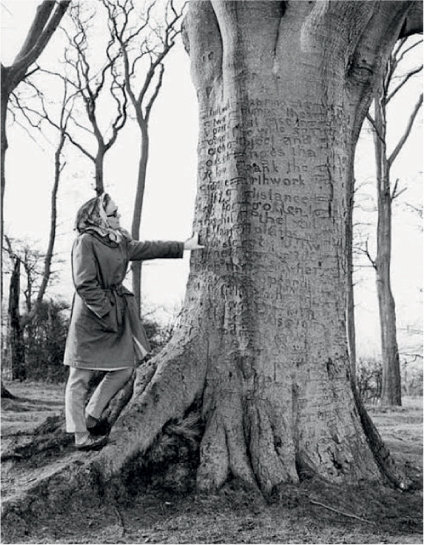
Joseph Tubbs poem grew with the tree for a further 170 years.
6TH JANUARY
WASSAILING
England
T he tradition of wassailing in England marks the turn of the year and takes place in the days following the winter solstice. The celebrations begin at Yule or Christmas and culminate on Twelfth Night, when the slight lengthening of daylight hours begins to be perceptible. In some areas the wassailing tradition involves singing door-to-door in return for gifts of food and alcoholic beverages a forerunner of both carolling and trick-or-treating. In cider-growing areas, however, the tradition focuses on orchards. Fruit trees are decorated (sometimes hung with pieces of toast), doused with cider and exhorted to produce a good crop in the coming year with singing and carousing.



